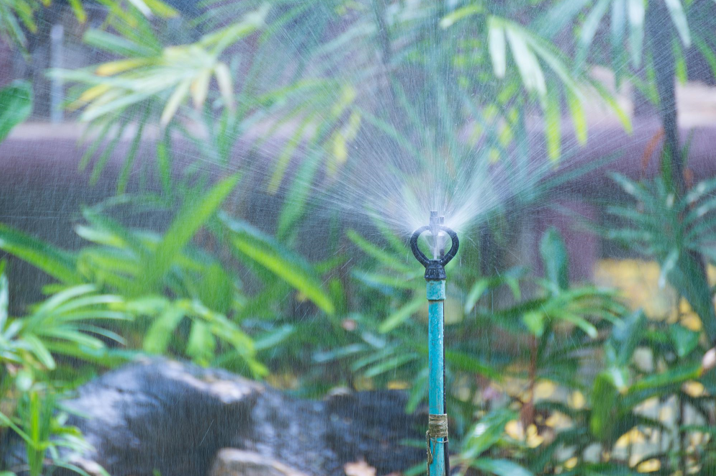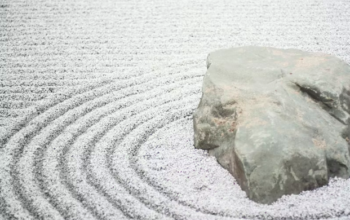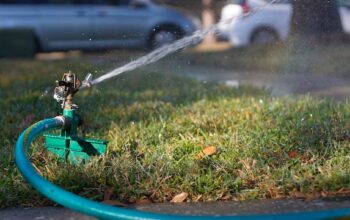Water conservation is a matter of pressing global concern, with implications that start right in our own backyards. This article delves into the power of water-efficient landscaping as a cornerstone for effective water management and sustainable living.
The Water Crisis and the Role of Domestic Consumption
The global water crisis is escalating, fuelled by climate change, rapid urbanisation, and unsustainable water management practices. Among these practices, domestic water use—especially for maintaining our gardens and lawns—accounts for a significant proportion of water consumption. This necessitates a shift towards more sustainable, water-efficient landscaping practices.
Reimagining Traditional Landscaping
Traditional landscaping often involves lush green lawns and non-native plants, requiring considerable amounts of water. However, as water scarcity grows, we need to reimagine our backyards. Adopting water-efficient landscaping means transforming our gardens into sustainable ecosystems that consume far less water and are better adapted to local climates.
Embracing Water-Efficient Landscaping
Water-efficient landscaping, or xeriscaping, is a strategic approach to designing outdoor spaces in a way that reduces the need for regular irrigation. Key to this approach is the selection of drought-resistant plants, the use of mulches, and an efficient irrigation system. This style of landscaping can dramatically decrease water usage, helping you contribute to water conservation at a grassroots level. When it comes to creating a water-efficient landscape, Triton Landscaping can help you transform your backyard into a sustainable oasis.
Choosing Native Plants: The Heart of Xeriscaping
The essence of xeriscaping lies in selecting plants native to your region. These plants, adapted to local weather conditions and soil types, require less water compared to exotic varieties. This also aids in preserving the local biodiversity by providing a natural habitat for native wildlife.
Soil Management for Water Conservation
Efficient soil management is another crucial aspect of water-efficient landscaping. Improving the soil’s structure and nutrient content can enhance its water retention capacity. Techniques such as composting, incorporating organic matter, and mulching can significantly reduce the need for watering, thereby conserving water.
Smart Irrigation: The Future of Watering
The advent of smart irrigation systems has revolutionised garden watering. These systems use real-time weather data to schedule watering, ensuring plants get exactly the amount of water they need. Implementing drip irrigation can further reduce water consumption by delivering water directly to plant roots and minimising evaporation losses.
Capturing Rainwater: An Ancient Practice Revived
Rainwater harvesting, an ancient practice with renewed relevance, can significantly supplement your garden’s water requirements. By collecting rainwater for use in your garden, you not only conserve water but also reduce dependence on treated municipal water.
The Aesthetic Appeal of Water-Efficient Landscaping
Water-efficient landscaping isn’t only about practicality; it’s also about creating aesthetically pleasing outdoor spaces. With careful planning and design, xeriscaped gardens can offer a unique, beautiful landscape teeming with local flora and fauna.
Conclusion: A Sustainable Future Starts in Your Backyard
The backyard is more than just an outdoor space; it’s a powerful platform for water conservation. By adopting water-efficient landscaping practices, you can contribute to tackling the global water crisis and pave the way for a sustainable future. As we face a world with dwindling water resources, every drop saved in our backyards counts.
Related Posts

Loves home. I am here to provide how to make your home a much better place. 🙂 Blogging about HomeDecor, Home Improvements and more.











